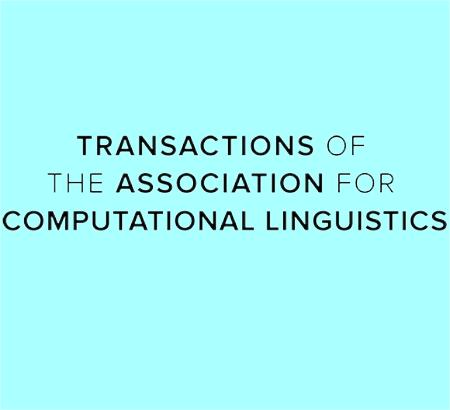感受蓝色:理解语境中色彩情感内涵的语料库
IF 4.2
1区 计算机科学
Q2 COMPUTER SCIENCE, ARTIFICIAL INTELLIGENCE
Transactions of the Association for Computational Linguistics
Pub Date : 2023-03-01
DOI:10.1162/tacl_a_00540
引用次数: 0
摘要
虽然颜色和情绪之间的联系已经被广泛研究,但基于上下文的颜色变化如何影响感知情绪的强度还没有得到很好的理解。在这项工作中,我们提出了一个新的多模式数据集,用于探索由线条、笔划、纹理、形状和语言介导的颜色的情感内涵。我们的数据集FeelingBlue收集了19788个4元组的抽象艺术,由注释者根据他们唤起的情绪进行排序,并与这些注释的理由配对。使用这个语料库,我们提出了一个新任务的基线:合理的情感转换。给定图像I,任务是1)对I重新着色以增强特定的情绪e,2)为e的变化提供文本证明。我们的模型是一个深度神经网络的集合,它获取I,生成以I为条件的情绪转换调色板p,将p应用于I,然后通过视觉语言模型证明文本中的颜色转换。实验结果揭示了背景下颜色的情感内涵,证明了我们的方法在这项具有挑战性的任务上的前景,以及我们的语料库在未来研究中的巨大潜力。1本文章由计算机程序翻译,如有差异,请以英文原文为准。
FeelingBlue: A Corpus for Understanding the Emotional Connotation of Color in Context
While the link between color and emotion has been widely studied, how context-based changes in color impact the intensity of perceived emotions is not well understood. In this work, we present a new multimodal dataset for exploring the emotional connotation of color as mediated by line, stroke, texture, shape, and language. Our dataset, FeelingBlue, is a collection of 19,788 4-tuples of abstract art ranked by annotators according to their evoked emotions and paired with rationales for those annotations. Using this corpus, we present a baseline for a new task: Justified Affect Transformation. Given an image I, the task is to 1) recolor I to enhance a specified emotion e and 2) provide a textual justification for the change in e. Our model is an ensemble of deep neural networks which takes I, generates an emotionally transformed color palette p conditioned on I, applies p to I, and then justifies the color transformation in text via a visual-linguistic model. Experimental results shed light on the emotional connotation of color in context, demonstrating both the promise of our approach on this challenging task and the considerable potential for future investigations enabled by our corpus.1
求助全文
通过发布文献求助,成功后即可免费获取论文全文。
去求助
来源期刊
CiteScore
32.60
自引率
4.60%
发文量
58
审稿时长
8 weeks
期刊介绍:
The highly regarded quarterly journal Computational Linguistics has a companion journal called Transactions of the Association for Computational Linguistics. This open access journal publishes articles in all areas of natural language processing and is an important resource for academic and industry computational linguists, natural language processing experts, artificial intelligence and machine learning investigators, cognitive scientists, speech specialists, as well as linguists and philosophers. The journal disseminates work of vital relevance to these professionals on an annual basis.

 求助内容:
求助内容: 应助结果提醒方式:
应助结果提醒方式:


